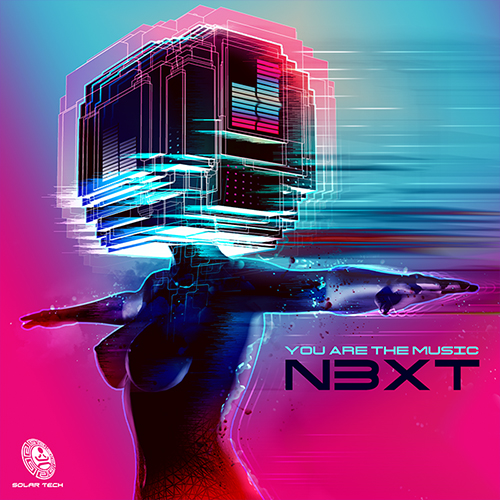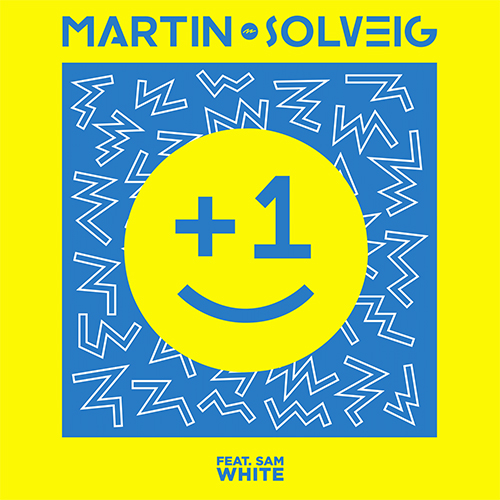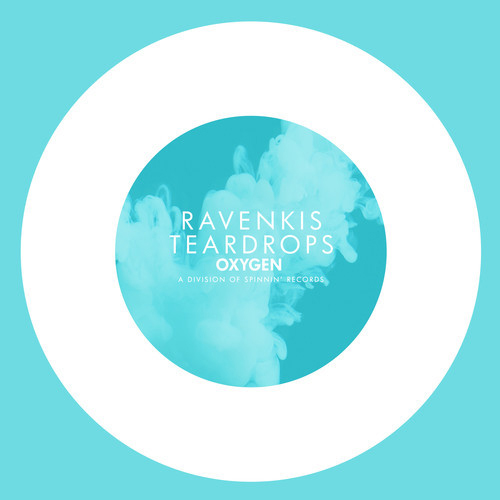-
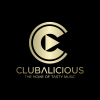 play_arrow
play_arrow
Clubalicious Clubalicious Radio
-
 play_arrow
play_arrow
London Calling Podcast Yana Bolder
Burbank, CA (May 5, 2025)—Director Bernard MacMahon’s goal in telling the story of how four guys became Led Zeppelin and created their first two albums was to bring the viewer as close as possible to the experience heard by the public in the 1950s and ’60s. He, along with producer/ music supervisor Allison McGourty, sound supervisor Nick Bergh and editor Dan Gitlin, commanded a unique use of original audio source materials, ranging from vinyl records to film, to create the soundtrack of Becoming Led Zeppelin.
This was the team’s second time-travel collaboration, the first being American Epic, the multimedia—four documentary films, multiple CDs, vinyl LPs and a book—exploration of the effect that the introduction of electrical recording had on music and culture in the United States and around the world. It documents the beginnings of what would become known as American roots music, and also the recording industry itself.
Bergh, who runs Endpoint Audio Labs in Burbank, Calif., not only transferred the discs for American Epic but was also a “co-star” of the fourth film, which featured him recording a wide range of modern musicians (including Elton John, Willie Nelson, Steve Martin and Nas) produced by T Bone Burnett and Jack White and going direct to 78 rpm 10-inch discs using one microphone. The “recorder” was a weight-driven Scully lathe, along with 1925 Western Electric electronics, a recording head and microphone, that Bergh had been restoring over a 15-year period.
While all of the primary sources for American Epic were acetate discs or the occasional metal parts, Led Zeppelin’s first two albums, of course, originated on tape—one-inch, eight-track and ¼-inch stereo. Still, the team chose to use records for all of the commercial recordings in Becoming Led Zeppelin, even when tape masters or digital remasters were available.

As MacMahon explains, “We knew some of the audio in the film was going to need to come from records, and one of the first discs we started with was “Train Kept A-Rollin” performed by The Johnny Burnette Trio, which was a key part of the Led Zeppelin story. When Nick sent us his amazing transfer of the store-stock [unplayed] 45 rpm record, the room just exploded. Then the next day, we could not stop listening to it. It was that sound of lightning in a bottle, and you could understand what Jimmy [Page] felt hearing it originally. It does not require some talking head to explain it—you can hear it first-hand. That was the point when everyone agreed we wanted that same power and fidelity for every track in the film, and we started pulling in records for Led Zeppelin as well.”
To that end, part of the brief involved searching the world for the best existing sources—not only vinyl, but also film and video—and then having them transferred by Bergh.

FINDING THE RIGHT DISC
For disc transfers, Bergh used his classic EMT 927 F turntable that he has retrofitted with an SME tonearm and a Shure V-15 Type V cartridge, which he considers having the flattest frequency response. Those EMT turntables are not unlike Western Electric 35mm transports, he notes: “Sound reproduction likes huge flywheels for low wow and flutter, and when it’s running, you have the feeling that you are hanging onto a steam engine.”
As is common knowledge, radial tonearms have zero tracking error only at two “null” points; everywhere else is a compromise. With this in mind, Bergh adjusted the tonearm according to the location of each song. Another important micro-tweak Bergh took advantage of was the skinny center spindle on the 927 F, which allows one to precisely center the record using a microscope. “Doing this is so important to reducing the wow,” he says. “Otherwise, the records are ‘wowing’ on their own.”
While the number of extant film and video elements for many songs were limited, when it came to the first two albums, they were limited only by time and money. The team purchased and borrowed many copies of each via eBay or collectors, with the Holy Grail being store-stock.

The initial pressings mastered by Bob Ludwig of Led Zeppelin II are the stuff of legend— and expensive eBay sales, with some selling for thousands of dollars. This was cut by Ludwig at Sterling Sound in New York, and said legend has it that the record (or was it just side 2?) couldn’t play on an inexpensive phonograph owned by the daughter (or was she the niece?) of Atlantic Records co-founder Ahmet Ertegun (or was it his brother, Neshui, or producer Jerry Wexler?).
Regardless of the real provenance of the decision to re-master the album, Bergh says that the reputation of the original is quite deserved, noting, “It has an excitement and energy that surpasses any other version of the album we had heard.” MacMahon adds that “like the dub of ‘Train Kept A-Rollin,’ you are letting the audience hear all the studio recordings on the format they were originally released on, so they can feel the sonic journey from 1956 to 1969.”
Book Review: LZ-’75—The Lost Chronicles of Led Zeppelin’s 1975 American Tour
But this is the second album; what about the first? Research showed that there were four different pressing plants, each very different from the other. While the difference is not as dramatic as hearing the Ludwig version of Zep II, their favorite was mastered by George Piros, who is best-known in audio circles for his work on the Mercury Living Presence series. Bergh terms Piros’s work a “toss-up” compared to the recent digital remasters supervised by Jimmy Page. “On a technical level, some things may have been a little better in the digital, and some qualities were better in the record—but the goal of the soundscape of the film is to be hearing the music as it was then.”

Setting aside the normal creative mastering issues—level, EQ, compression—the Piros version is noted by the fact that the azimuth was correct! Bergh believes that either the master mix tape or, more likely, a badly made production master tape resulted in its not being “un-adjusted” on some of the other discs that he transferred.
“On some [discs], it was extremely obvious,” Bergh recalls. “One of the worst was at RCA, which was so bad that the phase was all over the place, in addition to comb filtering. They then tried to boost the high frequencies to make up for the loss caused by the azimuth error. It sounds so different that some collectors even think it is a different mix.”
COME BACK TOMORROW FOR PART TWO!
Written by: Admin
Similar posts
Recent Comments
No comments to show.Featured post
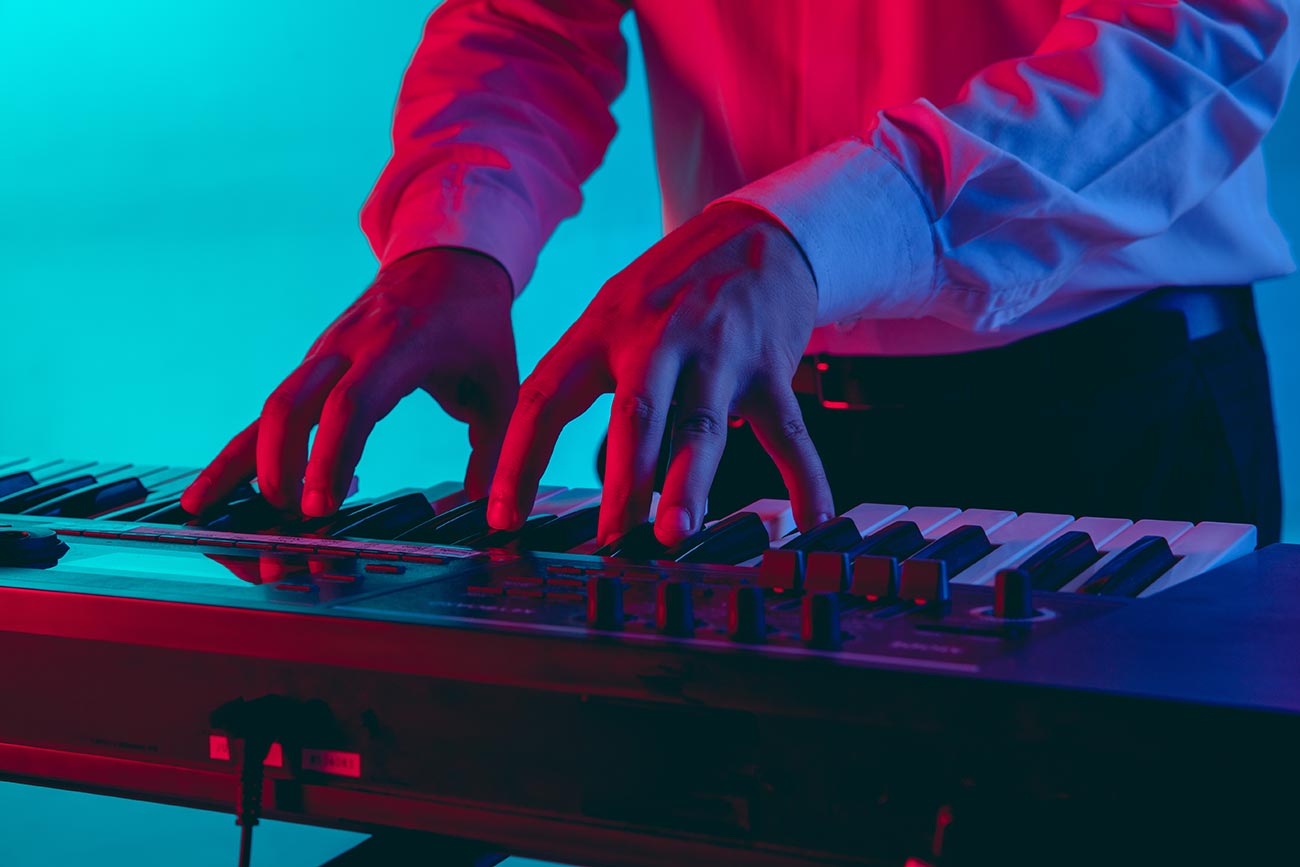
Latest posts
Current show

Love To Be
The Global Connection
2 hours of the finest House music from the award-winning event Love to Be... which has been hosting epic parties for over 25 years. Presented by some of the worlds most prominent artists every week, delivering exclusive music and the best classic tracks, label showcases, interviews and new talent. Curabitur id lacus felis. Sed justo mauris, auctor eget tellus nec, pellentesque varius mauris. Sed eu congue nulla, et tincidunt justo. Aliquam semper faucibus odio id varius. Suspendisse varius laoreet sodales.
closeUpcoming shows

Fresh Is Fresh
THIS WEEKS HOTTEST DANCE RELEASES FROM DEE JAY PROMOTIONS
02:00 - 07:00
Stardust
Bergwall
07:00 - 08:00
Norwegian Dance Chart
Top 40 Hottest Tracks in Norway
09:00 - 11:00
Fresh Is Fresh
THIS WEEKS HOTTEST DANCE RELEASES FROM DEE JAY PROMOTIONS
11:00 - 16:00
Future Disco
Carley Foxx
16:00 - 17:00Chart










